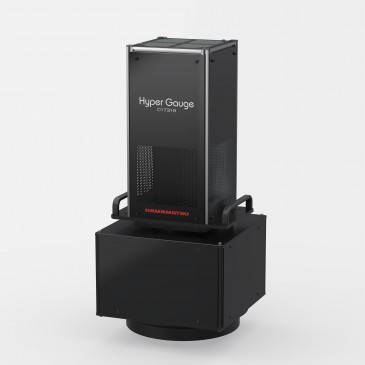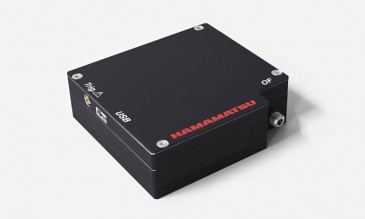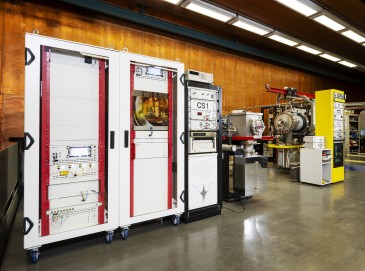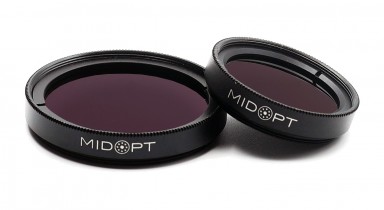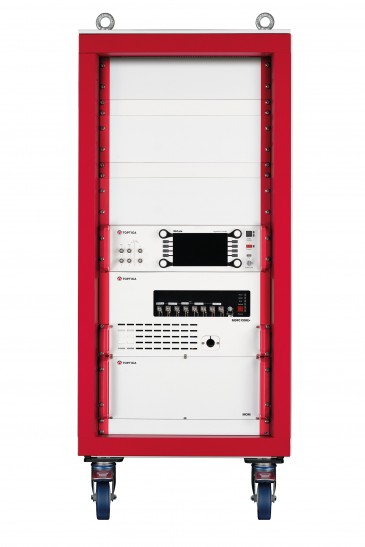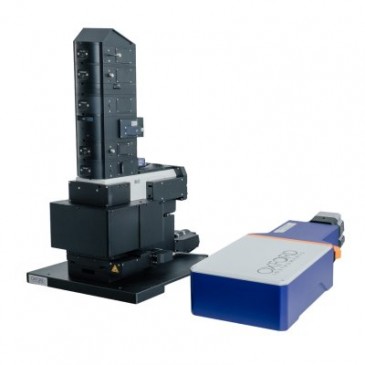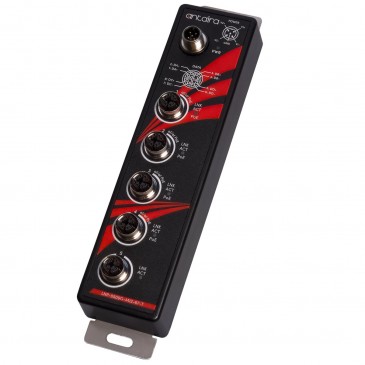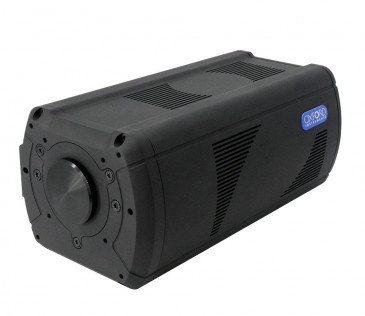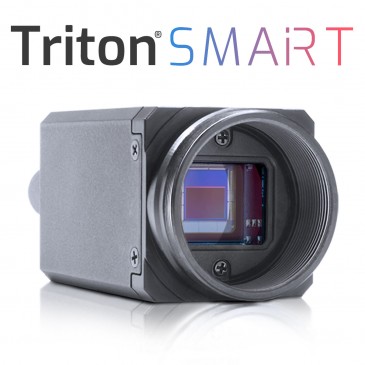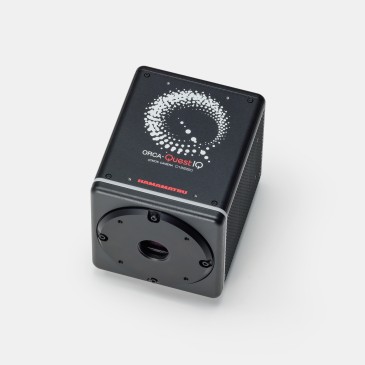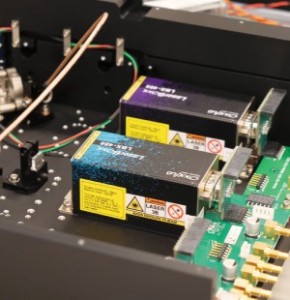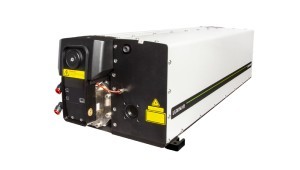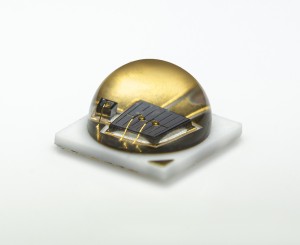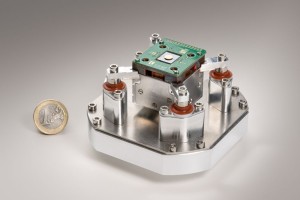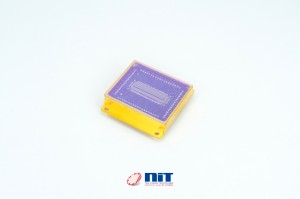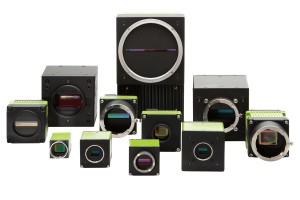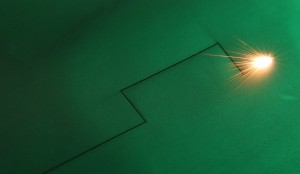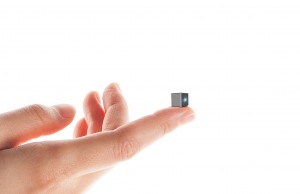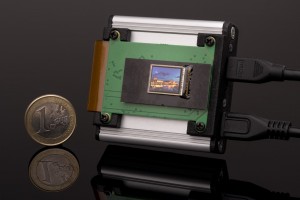
Of interest among brain researchers has been how phenomena at the cellular scale correlate with activity at the organism level, as they attempt to clarify how neural activity is translated into consciousness and other complex brain activities. In collaboration with several Japanese institutes, researchers at the RIKEN Quantitative Biology Centre in Japan have demonstrated a way of achieving whole-brain imaging for 3D analysis of gene expression profiles and neural circuits at the systems level.
Whole-brain imaging at single-cell resolution usually involves preparing a highly transparent sample that minimizes light scattering and then imaging neurons tagged with fluorescent probes at different slices to produce a 3D representation. However, limitations in current methods prevent comprehensive study of the relationship. The researchers at RIKEN developed a new high-throughput method, CUBIC (Clear, Unobstructed Brain Imaging Cocktails and Computational Analysis), published in Cell, is a significant step forward, as it offers unprecedented rapid whole-brain imaging at single cell resolution and a simple protocol to clear and transparentise the brain sample based on the use of aminoalcohols.
In combination with light sheet fluorescence microscopy, CUBIC was tested for rapid imaging of a number of mammalian systems, such as mouse and primate, showing its scalability for brains of different size. Additionally, it was used to acquire new spatial-temporal details of gene expression patterns in the hypothalamic circadian rhythm centre. Moreover, by combining images taken from opposite directions, CUBIC enables whole brain imaging and direct comparison of brains in different environmental conditions.
CUBIC overcomes a number of obstacles compared with previous methods. One is the clearing and transparency protocol, which involves serially immersing fixed tissues into just two reagents for a relatively short time. Second, CUBIC is compatible with many fluorescent probes because of low quenching, which allows for probes with longer wavelengths and reduces concern for scattering when whole brain imaging while at the same time inviting multi-colour imaging. Finally, it is highly reproducible and scalable. While other methods have achieved some of these qualities, CUBIC is the first to realize all.
CUBIC provides information on previously unattainable 3D gene expression profiles and neural networks at the systems level. Because of its rapid and high-throughput imaging, CUBIC offers extraordinary opportunity to analyse localized effects of genomic editing. It also is expected to identify neural connections at the whole brain level. In fact, last author Hiroki Ueda is optimistic about further application to even larger mammalian systems. "In the near future, we would like to apply CUBIC technology to whole-body imaging at single cell resolution."






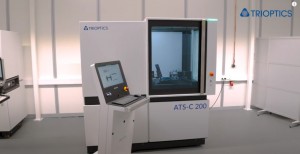
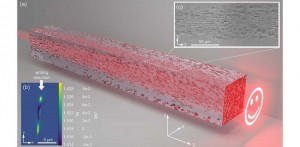
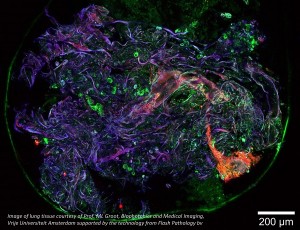

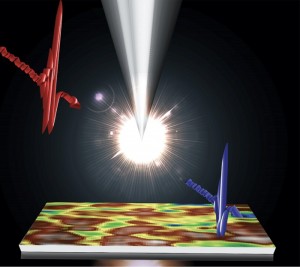

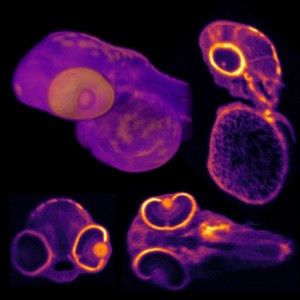
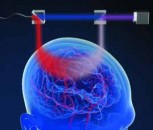

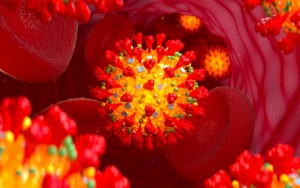
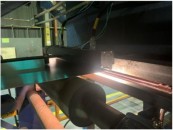




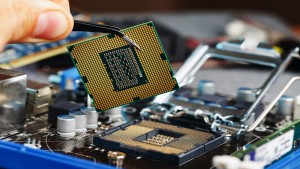
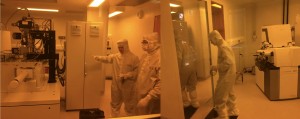
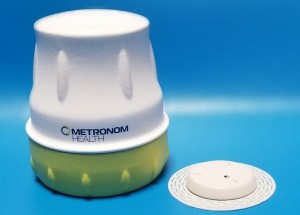


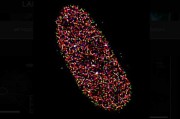
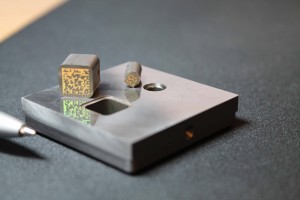

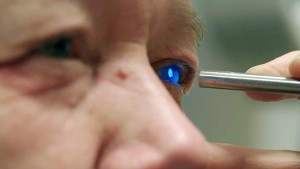
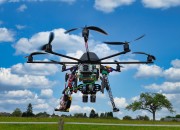
 Back to News
Back to News